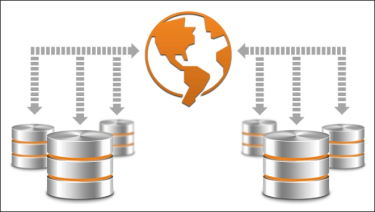Translation Memory
A
Important If you are using source control, do not include your local termbase (.litdb3) and translation memory (.db) files in your project folder. These files do not function correctly when used with source control, and can cause conflicts. Instead, you should use a server termbase or translation memory. This will allow other users to have access to the terms in the database while avoiding possible conficts.
Note If you are having difficulty connecting to a remote Lingo database, it may be due to the security setting of SQL. To view a remote server, you must have administrator rights on that server. You can add users to a local machine as administrators or add users in SQL Management Studio. To do this in Management Studio: (1) open SQL Server Management Studio (for more information see msdn.microsoft.com); (2) expand the server and then expand Security; you’ll probably have a login called "BUILTIN\Administrators," which will have "sysadmin" rights; in that case, any admin of your machine will have sysadmin rights because they’re part of that group; and (3) add anyone to this who will need to access your server.
Note If your database is not displaying when you are setting up TM, your SQL browser service may not be enabled. To enable this service: (1) open SQL Server Management Studio (for more information see msdn.microsoft.com), (2) open the SQL Server Configuration Manager, (3) open the SQL Server Browser and go to the Service tab, (4) change the Start Mode to Automatic, and (5) click Apply, and (6) start your SQL Server Browser.
Note When would you use a termbase, and when would you use TM? The two are related, but not the same thing. TM is used for quickly applying previously translated segments. Termbases are really an extra tool for making sure you are using the correct term in a translation (i.e., context). That's why termbases let you provide additional info about each term. Also, TM is necessary in order to use a termbase and apply its suggestions, but a termbase is not necessary in order to use TM.


